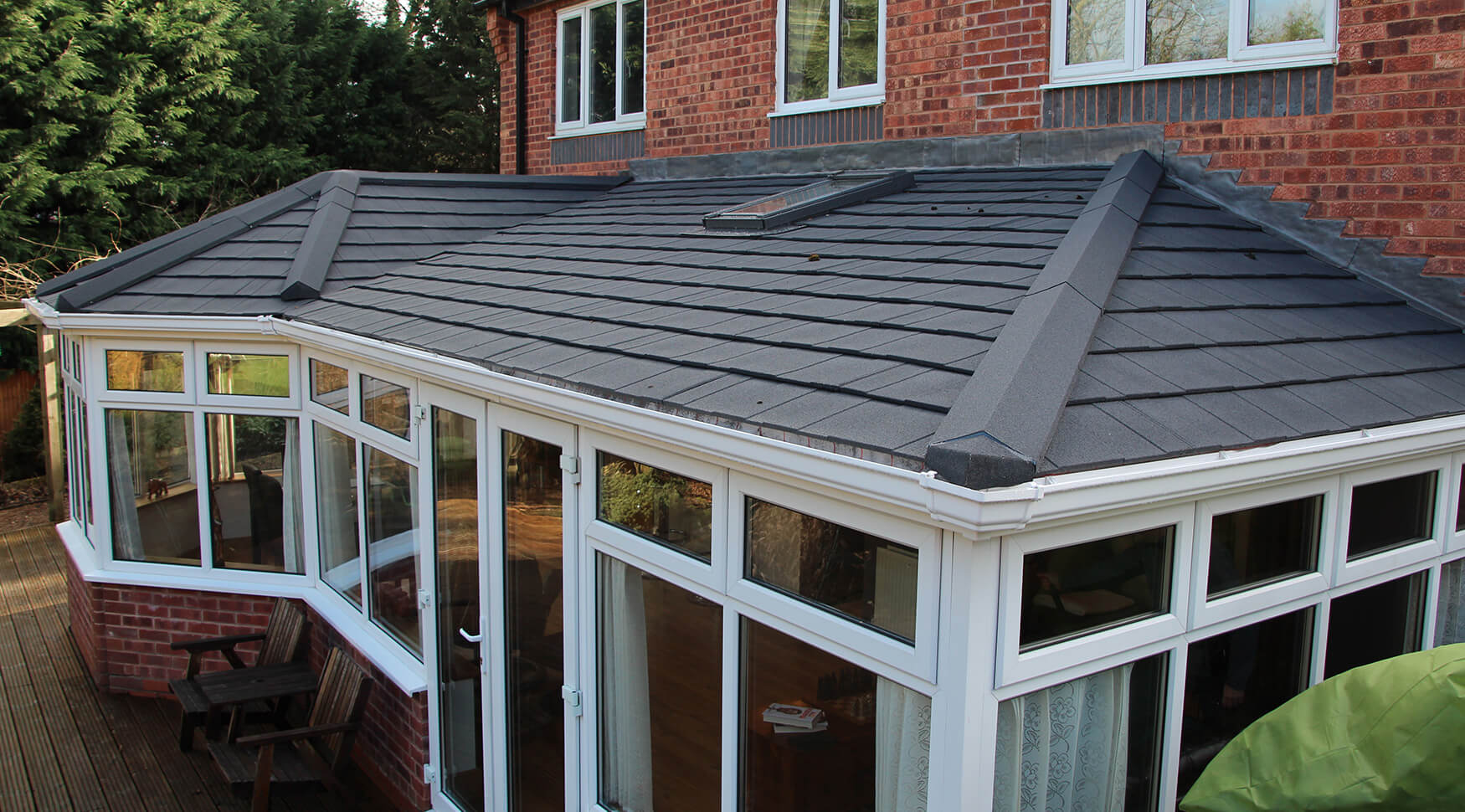Why is roofing essential in architecture?

Roofing is a crucial element of architecture for several important reasons:
Protection from the Elements: One of the primary capabilities of a roof is to offer shelter and protection from environmental components corresponding to rain, snow, wind, and excessive temperatures. It prevents water from entering the building, which might cause structural damage, mould development, and different issues.
Structural Integrity: Roofs play a vital role in maintaining the structural integrity of a building. They distribute the weight of the roof and any hundreds (e.g., snow) evenly to the partitions and basis. A well-designed and correctly constructed roof ensures the steadiness and safety of the entire construction.
Aesthetics and Design: Roofs are a visible and outstanding a part of a constructing's exterior. Architects use roof design to reinforce the general aesthetics of a structure. The shape, materials, and magnificence of the roof can contribute to the architectural character and enchantment of a constructing.
Environmental Considerations: Sustainable structure places an emphasis on vitality effectivity and environmental duty. Roofing supplies and design can influence a building's vitality performance. For example, cool roofs can replicate extra sunlight and absorb less warmth, lowering cooling costs and concrete heat island results.
Natural Lighting and Ventilation: Roof design can incorporate features like skylights, dormers, and roof vents to offer pure lighting and air flow inside a building. This can improve indoor consolation and scale back the need for synthetic lighting and mechanical ventilation.
Get more information and Cultural Significance: In some architectural types, such as Gothic or Victorian, the roof could be a key component that reflects the historic and cultural context of a constructing. Roof particulars and shapes can inform a story concerning the period in which a construction was constructed.
Space Utilization: Roof design can create further usable house inside a building, such as attic rooms, rooftop gardens, or outside dwelling areas. Architects usually consider how to maximize area and performance when designing roofs.

Energy Efficiency: Energy-efficient roofing supplies and design can contribute to a building's overall power efficiency. Proper insulation and ventilation might help regulate indoor temperatures and cut back heating and cooling costs.
Safety and Fire Resistance: Roofing materials are chosen with safety in mind. Some materials, like fire-resistant roofing, might help stop the spread of fires in a constructing, providing priceless time for occupants to evacuate.
In abstract, roofing is a fundamental side of architecture that combines functional and aesthetic concerns. It not only protects the interior of a building from the weather but additionally contributes to the overall design, sustainability, and security of a construction. Architects rigorously consider roofing materials, shapes, and options to achieve their design objectives whereas making certain the comfort and well-being of building occupants..
